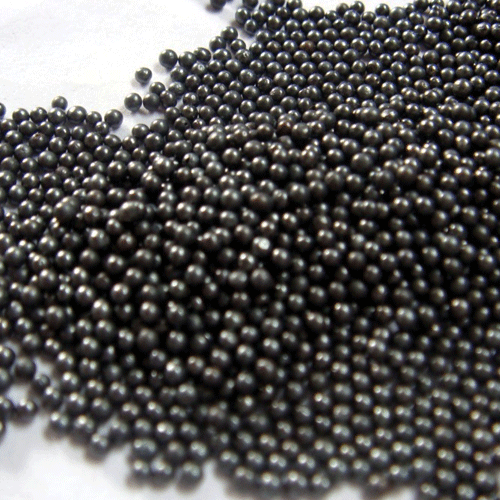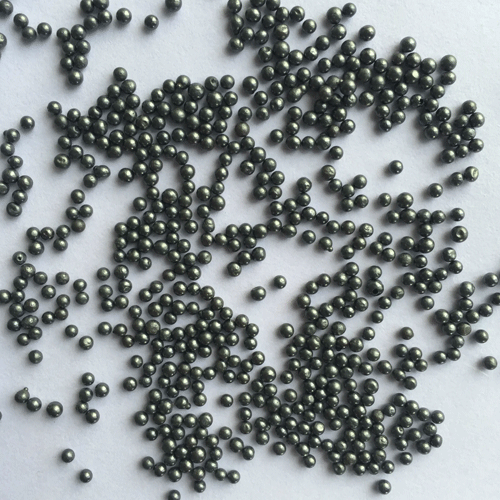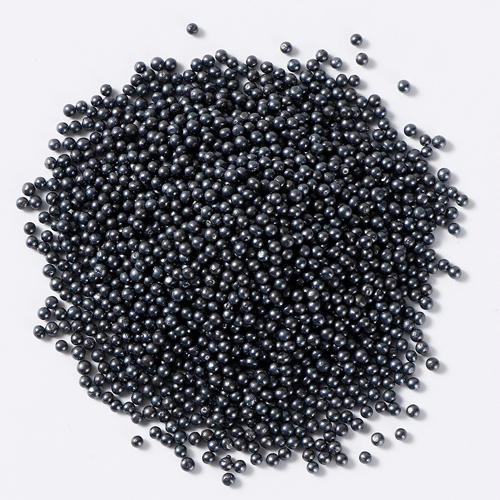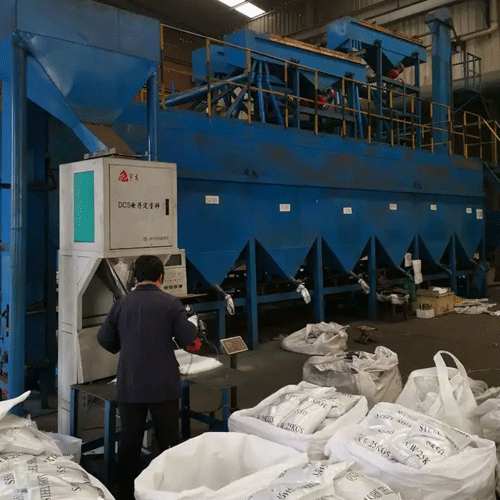uring the project construction phase, coating inspection should be carried out strictly in accordance with the following standard steps:
•Inspection of steel used
•Inspection of shop primer application
•Inspection of steel processing (welding, free edge cutting, etc.)
•Surface treatment inspection
•Conduct coating inspections before and during construction
•Quality inspection after painting construction
1. Inspection of steel processing
When a construction project or when a repair project involves the replacement or surface blasting of steel, the steel involved must be inspected for the following:
•Grind rough weld areas
•Smoothen rough welds
•Remove/smooth weld spatter
•Inspect for breaks and pitting
•Inspection of surface treatment to check for surface defects such as “lamination”
2. The inspection of surface treatment includes the following matters:
•Cleanliness; use solvents to clean and remove salt, grease and dust.
•Assessment of current surface rust level
•Assessment of surface condition (surface preparation grade and roughness)
•Assess whether residual contaminants on surfaces are within acceptable limits.
3. Inspection before and during construction
•Climate condition inspection
•Product technical instructions must be followed
•Ensure proper mixing and dilution (especially important)
•Measure wet film thickness (WFT)
•The number of coating passes is clearly stated in the coating specification sheet
•Measure wet film thickness (WFT)
•Drying time between coats (minimum drying time and maximum drying time)
•Construction regulations
•Pay attention to the control of equipment and methods used
4. Inspection after construction
Inspection after painting is another very important stage.
Inspections after completion of painting include:
•Dry Film Thickness (DFT)
•Curing time/drying time
•Adhesion
•Pinhole detection
 How to judge the quality of steel shot
How to judge the quality of steel shot
 Summary of hardness of several common steel shot and steel grit
Summary of hardness of several common steel shot and steel grit
 The formation process of steel shot
The formation process of steel shot
 Steel shot centrifugal pill forming technology is the preferred choice for producing national standard steel shots
Steel shot centrifugal pill forming technology is the preferred choice for producing national standard steel shots